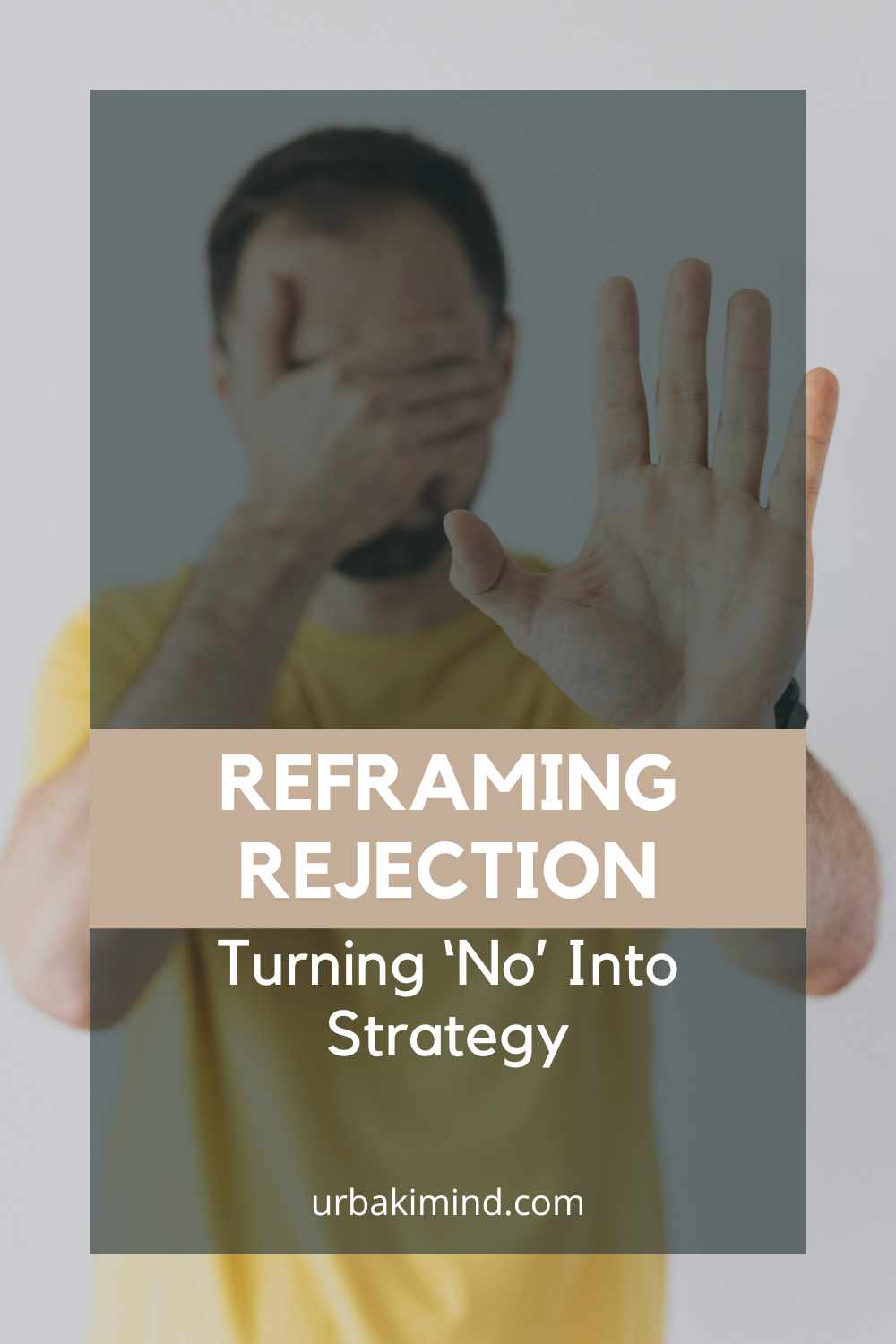Reframing Rejection - Turning ‘No’ Into Strategy

Rejection is something we all face, whether it’s a missed job opportunity, an unreturned message, or an idea turned down in a meeting.
While it can sting at first, learning to reframe rejection can completely change how we experience it.
Instead of seeing “no” as a closed door, it can become a redirection—an opportunity to learn, adjust, and move forward with better focus.
Shifting Perspective on Rejection

When we hear “no,” our natural reaction is to take it personally. We often connect it to our worth or ability.
But in reality, rejection rarely defines who we are—it simply reflects timing, fit, or circumstance.
By shifting our mindset, we can start viewing rejection as feedback rather than failure.
This shift doesn’t mean pretending the disappointment isn’t real; it means understanding that rejection can carry useful information.
Maybe your idea wasn’t right for that specific project, or perhaps your skills align better elsewhere. Seeing it this way allows you to respond strategically instead of emotionally.
Building Emotional Resilience

One of the most valuable outcomes of reframing rejection is developing emotional resilience.
Each time we recover from a setback, we strengthen our ability to handle future challenges with composure and insight.
Practicing mindfulness, journaling, or talking through experiences with someone you trust can help process the emotions that come with rejection.
Over time, what once felt like a blow begins to feel like a natural part of growth.
You start recognizing patterns, adapting your approach, and using rejection as a signal for refinement rather than defeat.
Learning From the “No”

Behind every rejection, there’s often a lesson waiting to be uncovered. Maybe your proposal needs clearer communication, or your application could highlight your strengths differently.
The key is to analyze without self-criticism.
Take a step back and ask: What could I do differently next time? What can this experience teach me about what I truly want? The answers can guide you toward smarter choices and more meaningful opportunities.
Every “no” becomes a data point in your personal and professional evolution.
Turning Rejection Into Strategy

Once you’ve learned to separate emotion from evaluation, rejection becomes a strategic tool.
Each experience provides direction—pointing you away from unproductive paths and toward better ones.
Approach each setback as a chance to adjust your plan: refine your goals, update your tactics, or seek feedback from others.
This proactive mindset not only builds confidence but also leads to greater creativity and adaptability.
In many cases, the path that begins with “no” leads to a more rewarding “yes” than you originally imagined.
Moving Forward With Purpose

Reframing rejection isn’t about ignoring pain—it’s about transforming it. By viewing every “no” as a moment of insight, you gain control over your growth and direction.
Over time, rejection stops feeling like an ending and starts feeling like guidance.
When we learn to navigate rejection with intention and self-awareness, we stop fearing it and start using it.
That’s the real power of turning “no” into a strategy.
Did you find this post useful or inspiring? Save THIS PIN to your MIND Board on Pinterest!



You may also like